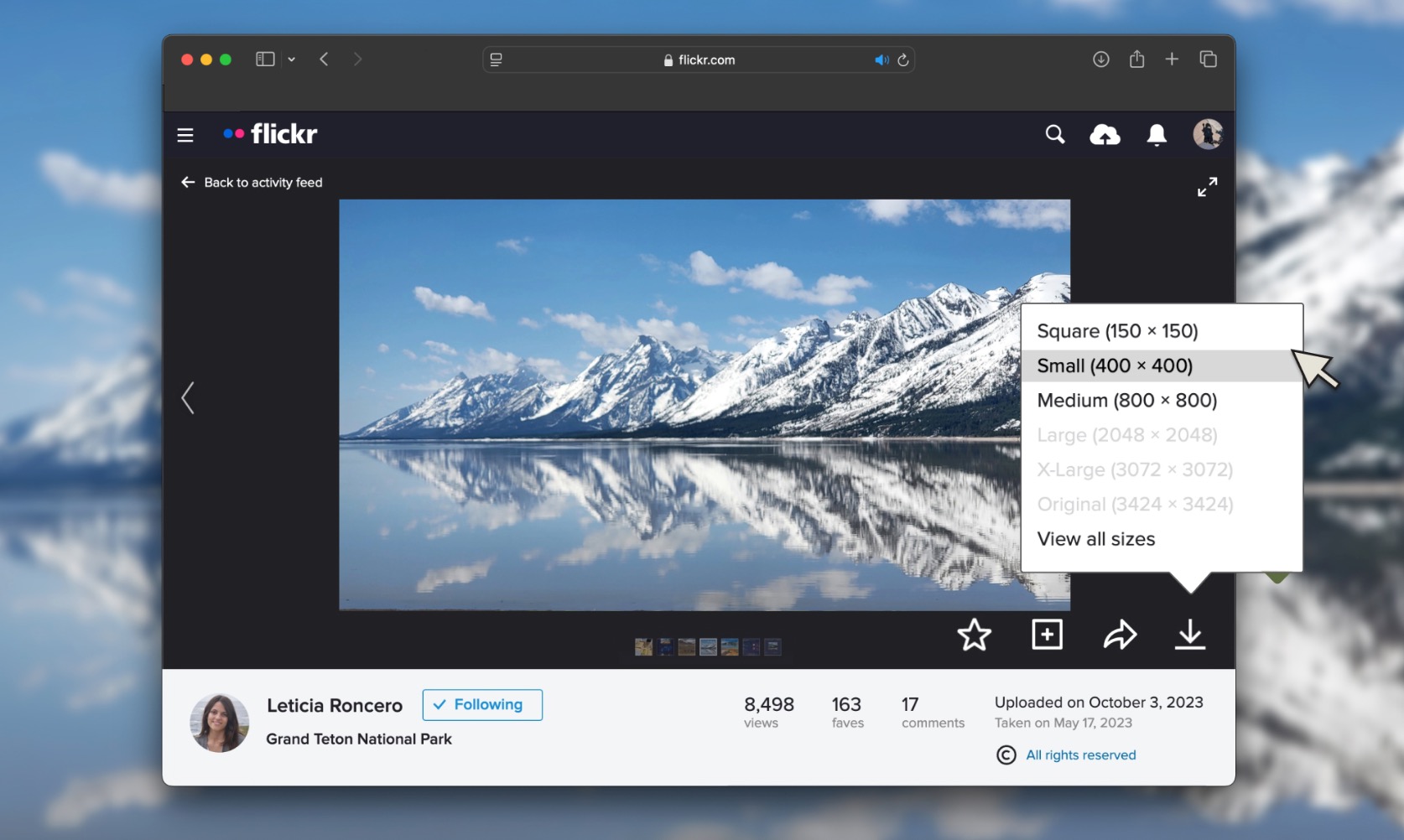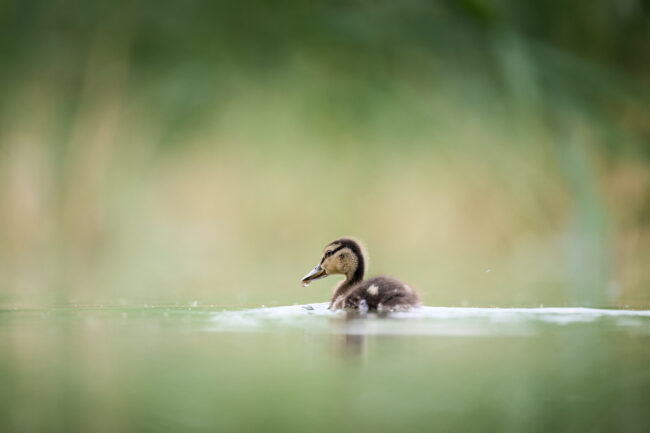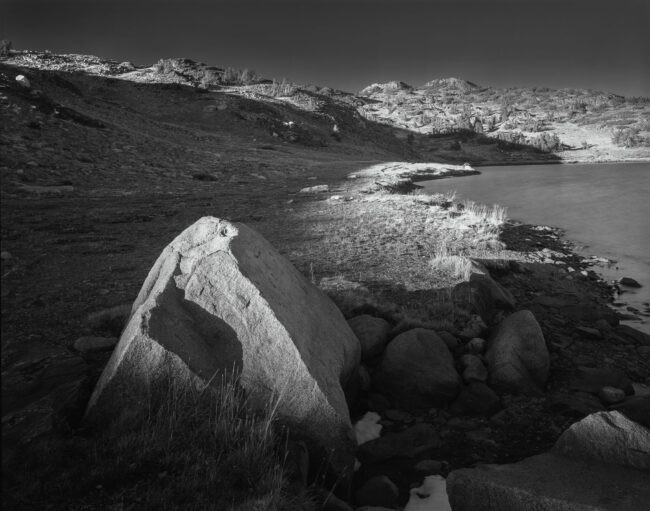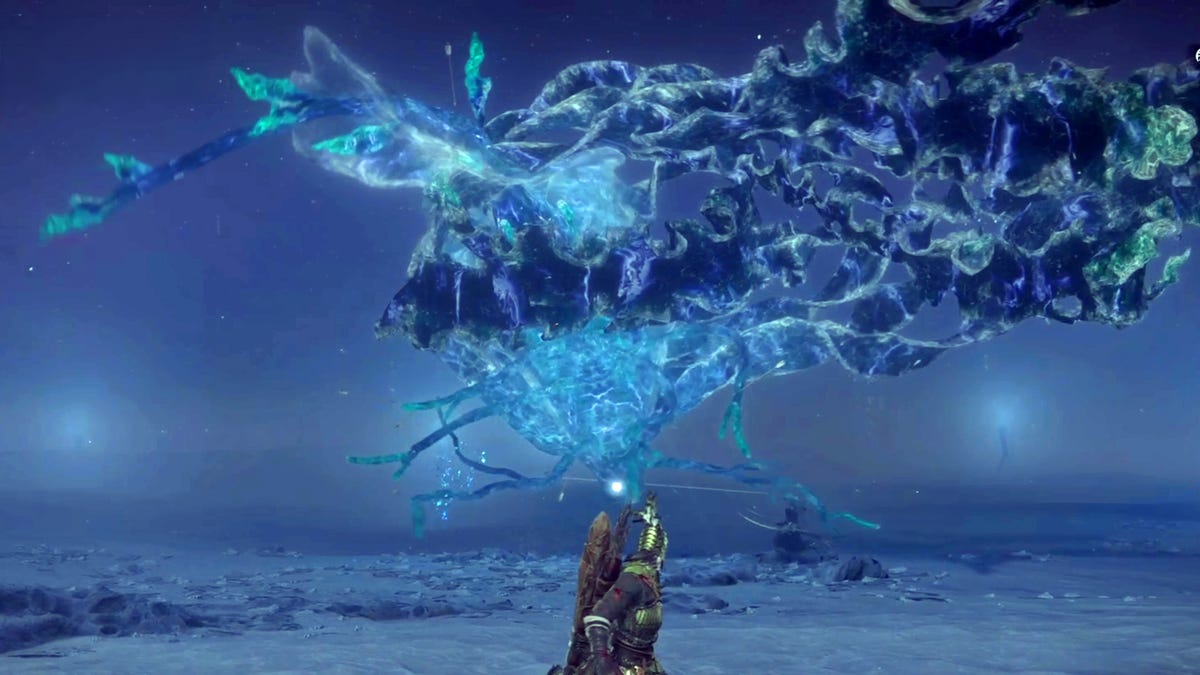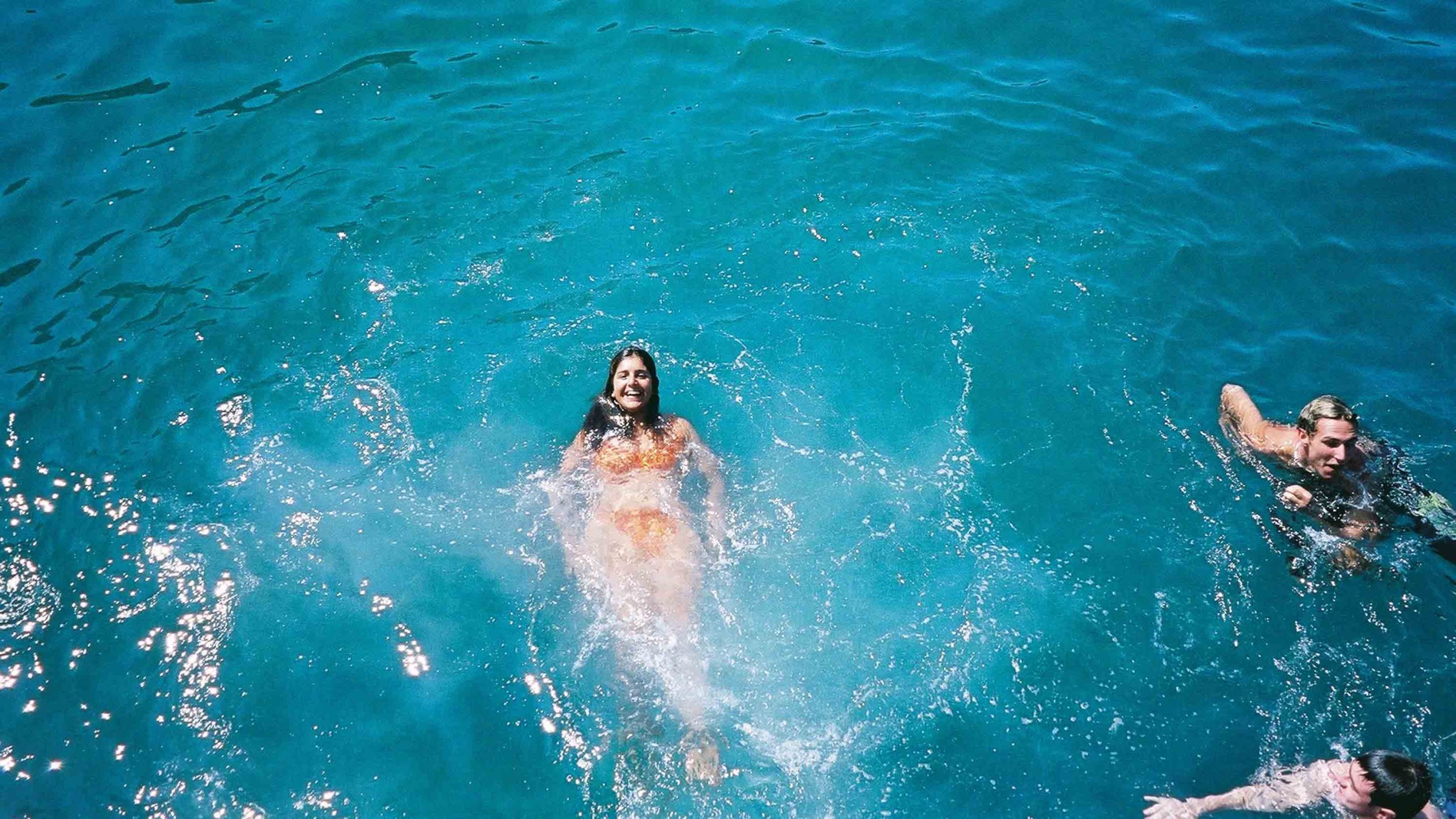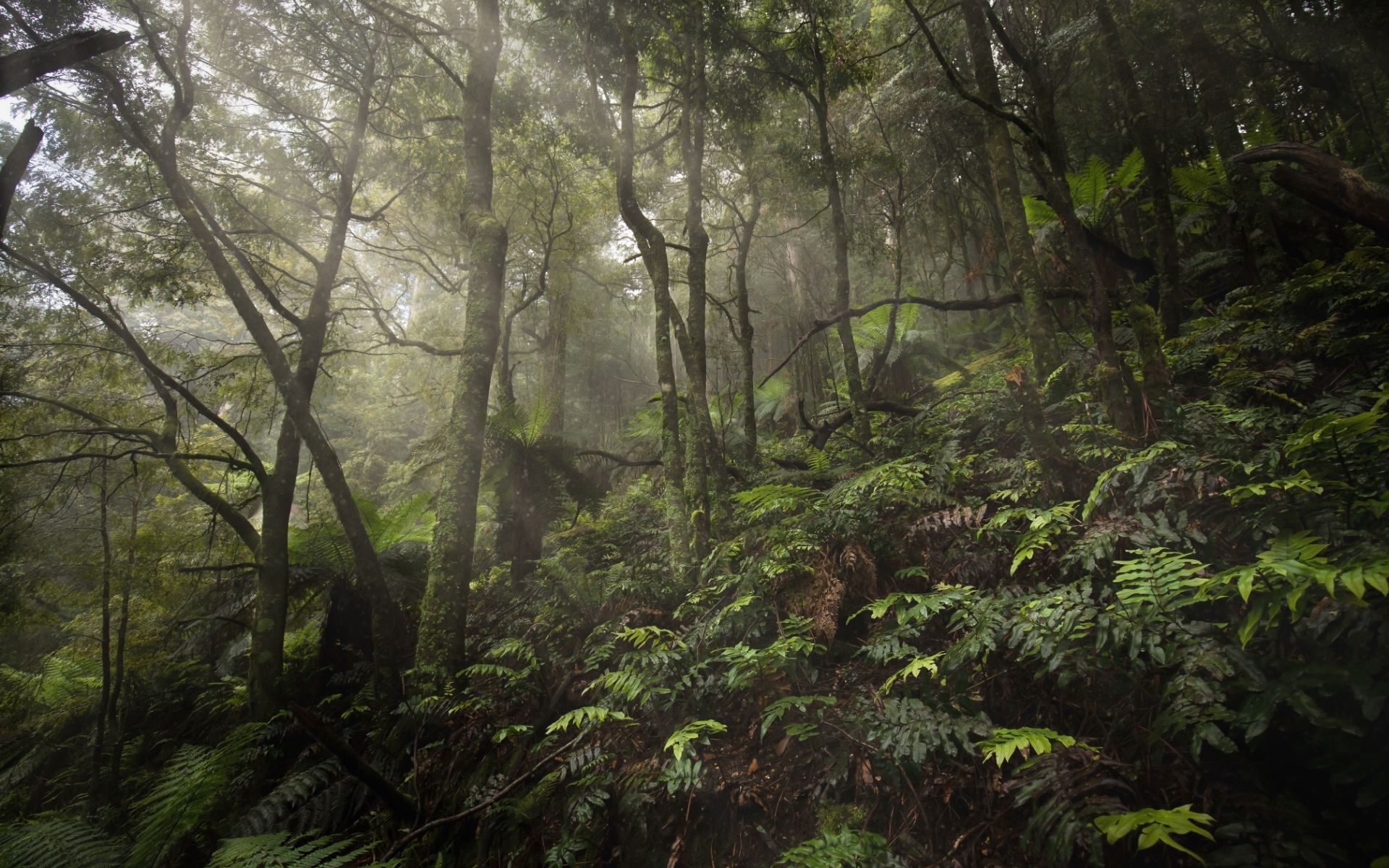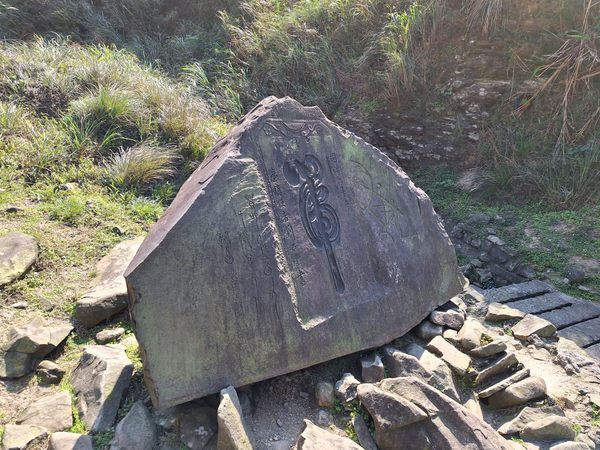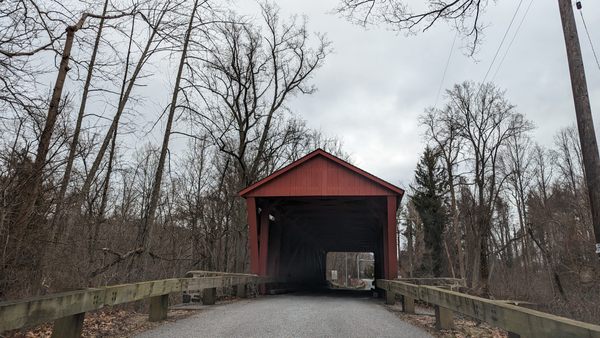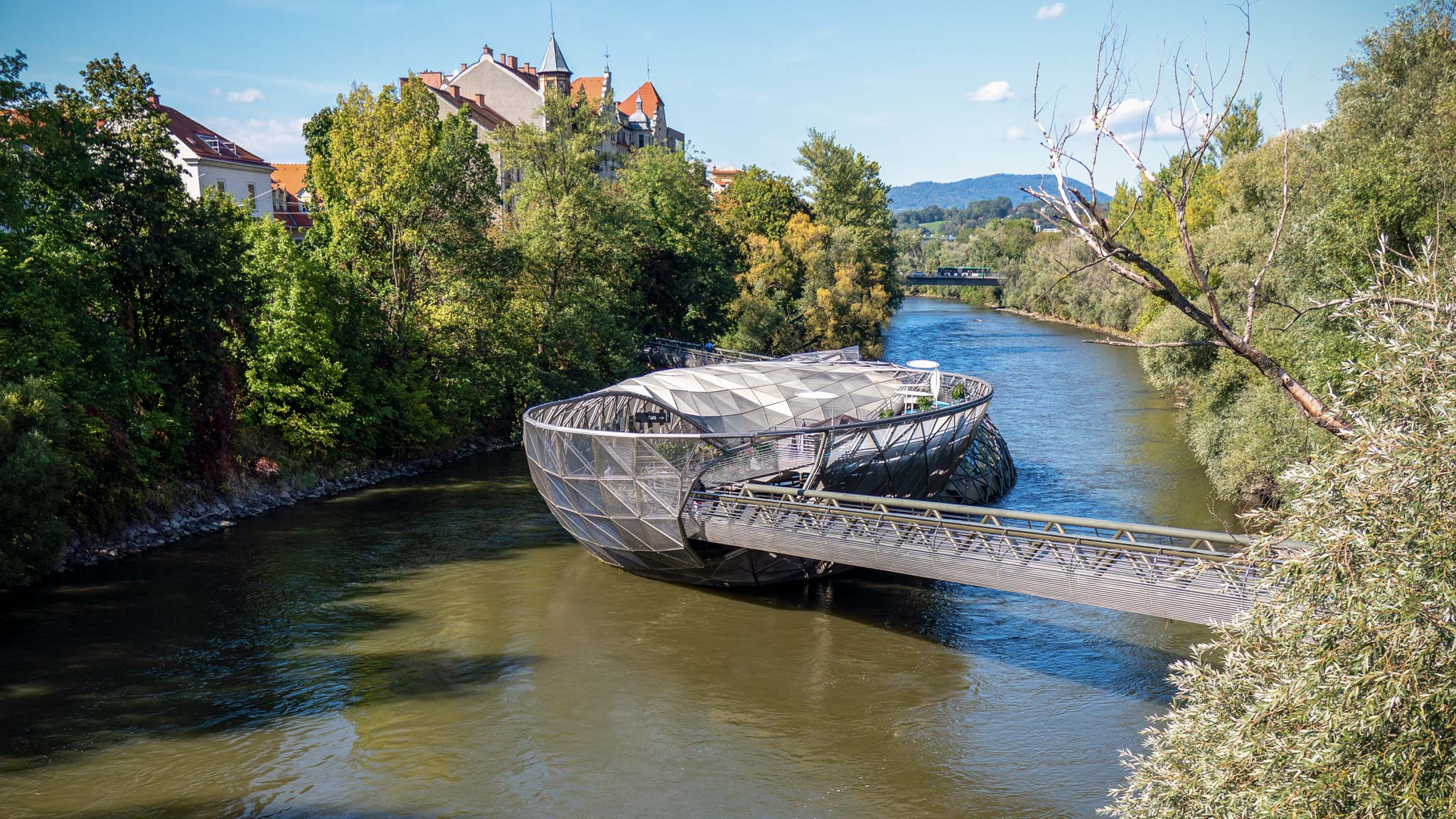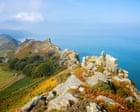How Greenland’s Dog-Sled Patrol Became Unsung Heroes of World War II
It’s fall 1941, and World War II is underway. More than a dozen patrolmen have begun moving up and down the northeast coast of Greenland in groups, traversing the icy, snowy expanse on sleds pulled by a team of husky-like dogs. They’re scouring the largely uninhabited region for secret German weather stations. They’re part of the North-East Greenland Sledge Patrol, a crack team assembled as part of a largely forgotten, but essential, mission during the war. While collecting meteorological data might not seem like an obvious part of the war effort, Allied forces knew that Greenland would be an ideal spot to predict the weather in Europe, which was invaluable information for military planning. The Germans also realized this and secretly set up four weather stations on Greenland throughout World War II. “Germans called [Greenland] the ‘weather kitchen,’ the place where weather was made, to be served the following day in Europe,” says Peter Harmsen, a Copenhagen-based journalist and the author of Fury and Ice: Greenland, the United States and Germany in World War II. But with Greenland’s rugged terrain and its own unpredictable weather, locating German weather bases was easier said than done, even from above. U.S. Coast Guard naval vessels struggled to navigate the icy waters around Greenland and aircraft also had little luck—especially during the winter, when its northeast was left in constant darkness. The answer came in the form of a reconnaissance team that traveled by dog sled along the island’s coastline to search for possible intruders and report their presence to the U.S. military. In 1941, even before the United States officially entered the war, U.S. Coast Guard Commander Edward “Iceberg” Smith teamed up with Greenland Governor Eske Brun to create the sledge patrol. As an experienced oceanographer for the United States, Iceberg Smith believed that harnessing the extraordinary talents of sled dogs would help the Allies win what were known as the “weather wars.” He had conducted research in and around Greenland and was familiar with its harsh winters. In general, Smith was well-respected in the military for his studies of ice in the Arctic and his work with the International Ice Patrol, thus earning him his nickname. Brun, a Dane, was also an ardent supporter of such a unit, in part because he viewed it as a great way to involve Greenland in the Allied war effort, which took on greater urgency after German forces occupied Denmark in 1940. Like Smith, his vast knowledge of Greenland’s geography made him a good fit for the role. To make policing the remote island easier, Smith—backed by Brun—ordered all inhabitants on the northern half of Greenland’s east coast to move south to a settlement at Scoresby Sound. Along 700 miles of coastline, only 27 people had to relocate, according to a Foundation for Coast Guard History report on the sledge patrol. The original patrol consisted of 10 Danes, one Norwegian, and four Inuit recruits from Greenland; a total of 27 men would serve on the team by the war’s end. Many of Greenland’s inhabitants were eager to join the war effort and be paid for their time. Sledge patrol leaders believed the Inuits’ inclusion in the patrol unit would be especially vital. “In that large expanse of snow and ice, where men can scarcely be recognized at a little distance, only the natives covering the territory on sleds and well-acquainted with the regular inhabitants could detect a stranger,” the U.S. Coast Guard Headquarters wrote after the war. (Native team members, however, were instructed not to engage in combat.) Brun chose Ib Poulsen, of Denmark, as the unit’s overall commander. Poulsen had previously worked as a radio operator at a Greenland weather station. “[Poulsen] is a guy who’s willing to take the responsibility for being in charge and making sure that this was a Danish operation, as opposed to allowing Norway to have too big of a role in it,” says retired U.S. Coast Guard Captain Bob Desh, now a regent at the Foundation for Coast Guard History. “He fell in love with Greenland from a summer job, and had a good personality to be in charge of the sledge patrol.” After splitting into three groups, the patrolmen began their journey traveling up and down the northeast coastline. Along the way, they stopped at small shacks known as “hunting stations,” which were stocked with supplies like paraffin, coal, and dog food. “They were the nastiest, crudest shacks that you could possibly think of, but it was a place to sleep,” Desh says. If a shack wasn’t available, they camped out on the ice. Donning civilian clothing and armed with rifles, they also hunted for food, including polar bear, musk ox, arctic fox, and other wild animals—for both themselves and the dogs. The sled dogs, of the Greenland Dog (or “Greenland Husky”) breed, were well-adapted to the Arctic climate and vital for transportation. Known for their strength, stamina, and resilience, the dogs could use

It’s fall 1941, and World War II is underway. More than a dozen patrolmen have begun moving up and down the northeast coast of Greenland in groups, traversing the icy, snowy expanse on sleds pulled by a team of husky-like dogs. They’re scouring the largely uninhabited region for secret German weather stations.
They’re part of the North-East Greenland Sledge Patrol, a crack team assembled as part of a largely forgotten, but essential, mission during the war. While collecting meteorological data might not seem like an obvious part of the war effort, Allied forces knew that Greenland would be an ideal spot to predict the weather in Europe, which was invaluable information for military planning. The Germans also realized this and secretly set up four weather stations on Greenland throughout World War II.
“Germans called [Greenland] the ‘weather kitchen,’ the place where weather was made, to be served the following day in Europe,” says Peter Harmsen, a Copenhagen-based journalist and the author of Fury and Ice: Greenland, the United States and Germany in World War II.
But with Greenland’s rugged terrain and its own unpredictable weather, locating German weather bases was easier said than done, even from above. U.S. Coast Guard naval vessels struggled to navigate the icy waters around Greenland and aircraft also had little luck—especially during the winter, when its northeast was left in constant darkness.

The answer came in the form of a reconnaissance team that traveled by dog sled along the island’s coastline to search for possible intruders and report their presence to the U.S. military. In 1941, even before the United States officially entered the war, U.S. Coast Guard Commander Edward “Iceberg” Smith teamed up with Greenland Governor Eske Brun to create the sledge patrol.
As an experienced oceanographer for the United States, Iceberg Smith believed that harnessing the extraordinary talents of sled dogs would help the Allies win what were known as the “weather wars.” He had conducted research in and around Greenland and was familiar with its harsh winters. In general, Smith was well-respected in the military for his studies of ice in the Arctic and his work with the International Ice Patrol, thus earning him his nickname.
Brun, a Dane, was also an ardent supporter of such a unit, in part because he viewed it as a great way to involve Greenland in the Allied war effort, which took on greater urgency after German forces occupied Denmark in 1940. Like Smith, his vast knowledge of Greenland’s geography made him a good fit for the role.
To make policing the remote island easier, Smith—backed by Brun—ordered all inhabitants on the northern half of Greenland’s east coast to move south to a settlement at Scoresby Sound. Along 700 miles of coastline, only 27 people had to relocate, according to a Foundation for Coast Guard History report on the sledge patrol.

The original patrol consisted of 10 Danes, one Norwegian, and four Inuit recruits from Greenland; a total of 27 men would serve on the team by the war’s end. Many of Greenland’s inhabitants were eager to join the war effort and be paid for their time. Sledge patrol leaders believed the Inuits’ inclusion in the patrol unit would be especially vital.
“In that large expanse of snow and ice, where men can scarcely be recognized at a little distance, only the natives covering the territory on sleds and well-acquainted with the regular inhabitants could detect a stranger,” the U.S. Coast Guard Headquarters wrote after the war. (Native team members, however, were instructed not to engage in combat.)
Brun chose Ib Poulsen, of Denmark, as the unit’s overall commander. Poulsen had previously worked as a radio operator at a Greenland weather station.
“[Poulsen] is a guy who’s willing to take the responsibility for being in charge and making sure that this was a Danish operation, as opposed to allowing Norway to have too big of a role in it,” says retired U.S. Coast Guard Captain Bob Desh, now a regent at the Foundation for Coast Guard History. “He fell in love with Greenland from a summer job, and had a good personality to be in charge of the sledge patrol.”
After splitting into three groups, the patrolmen began their journey traveling up and down the northeast coastline. Along the way, they stopped at small shacks known as “hunting stations,” which were stocked with supplies like paraffin, coal, and dog food. “They were the nastiest, crudest shacks that you could possibly think of, but it was a place to sleep,” Desh says. If a shack wasn’t available, they camped out on the ice.

Donning civilian clothing and armed with rifles, they also hunted for food, including polar bear, musk ox, arctic fox, and other wild animals—for both themselves and the dogs.
The sled dogs, of the Greenland Dog (or “Greenland Husky”) breed, were well-adapted to the Arctic climate and vital for transportation. Known for their strength, stamina, and resilience, the dogs could use their keen sense of smell and hearing to spot dangers from afar—whether other animals or wartime enemies.
“They’re elite sensor packages with a tail,” Desh says. “They’re transportation [and] they’re your warning system while you’re sleeping.”
It wasn’t long before the Greenland Sledge Patrol had an impact on the war effort. In fall 1941, sledge patrolmen reported the presence of a suspicious ship near Franz Joseph Fjord. It turned out to be a Norwegian fishing trawler with German soldiers and equipment on board. Allied forces captured the vessel.
Germany officially declared war on the United States that December. But it wasn’t until the spring of 1943 that sledge patrolmen encountered Nazi troops face to face. A Danish patrolman (Marius Jensen) and two Native Greenlanders—Mikael Kunak and William Arke—were exploring Sabine Island in March when they discovered a hut with smoke coming from its chimney. Then they saw footprints (boots, with heels) in the snow, and two men running from the site, according to historical accounts.

Instead of rushing to report it, the patrolmen set up camp at a hunting shack nearby. This proved to be an error in judgment, as the Germans sent two search parties—armed with submachine guns, rifles, and revolvers—to find them. The dogs howled as the Germans approached the camp, and the sledge drivers fled the scene, leaving behind their equipment—and their dogs. They walked nearly 100 miles back to camp over two days. Poulsen then reported the German sighting via radio.
As they waited for the U.S. Army Air Force to attack the German weather base at Sabine Island (which happened in May 1943), Governor Brun urged the sledge patrol to “obtain [the] fullest, most reliable information and, if possible, without prejudice…to eliminate enemy forces by capture or shooting.” Brun called the sledge patrol the “Greenland army” and bestowed military ranks on its members. From then on, they wore red, white, and blue armbands depicting their new status.

“The governor has telegraphed that the Germans can be shot or taken captive, but we have received no word as to whether help will arrive or we will have to handle the situation on our own. But we are actually at war now,” wrote one Danish sledge patrolman, Kurt Olsen, in his journal, translated by the Danish Arctic Institute.
The realities of war were now apparent—and they soon resulted in the sledge patrol unit’s first and only casualty. One day, Nazi soldiers spotted Eli Knudsen, a Danish patrolman, with his sled dogs. The Germans began shooting, and Knudsen was killed in the gunfire.
Soon after, Germans captured two other Danish patrolmen who had been following Knudsen, including Marius Jensen, and held them as prisoners of war. According to historical accounts, a German officer then asked Jensen to guide him across the remote territory, but, at one point, left his rifle unattended. Jensen was able to overpower him and, in a surprising turn of events, held the officer as a prisoner in a 290-mile trek through enemy territory. According to the Associated Press, the officer was ultimately delivered into U.S. custody.
The sledge patrol’s final encounter with Nazi forces occurred in April 1944, when Americans detected transmissions coming from the Bassgeiger weather station on Shannon Island. Six patrolmen, led by Captain Niels Ove Jensen, attacked the site and killed a German commander. After the sledge patrol team retreated, the Nazis abandoned the station, destroying the evidence they left behind.

As the war came to a close, the sledge patrol’s role didn’t go unnoticed. In 1944, the U.S. honored Poulsen, Marius Jensen, and Knudsen with Legion of Merit medals for their action against the German station on Sabine Island. Knudsen received the award posthumously.
“Not only did these men fight valiantly in defense of this colony of Denmark, but also one made the supreme sacrifice for his country,” Edward R. Stettinius, Jr., then Acting U.S. Secretary of State, said at the medal ceremony. Separately, Niels Ove Jensen received the award for his actions against the station on Shannon Island, according to Desh.
In May 1945, Denmark celebrated its liberation from Germany, and the North-East Greenland Sledge Patrol was disbanded. The dissolution was short-lived, however: It was reestablished in 1950 amid the brewing Cold War and concerns about Soviet claims in the Arctic. The unit was later renamed the Resolute Dog Sled Patrol and then the Sirius Dog Sled Patrol. This Royal Danish Navy unit still exists today.
While the sledge patrol’s work continues, Harmsen says its legacy during World War II shouldn’t be forgotten.
“If they had not been there, probably there would have been German weather stations on the east coast of Greenland until May 1945, giving back weather data to the German high-command right until the bitter end.”




















